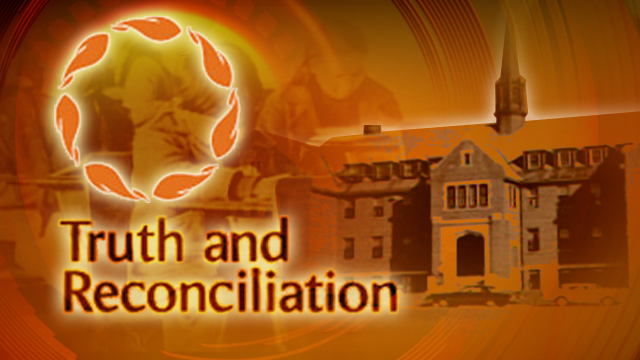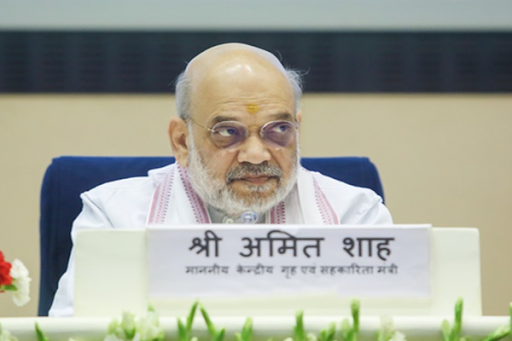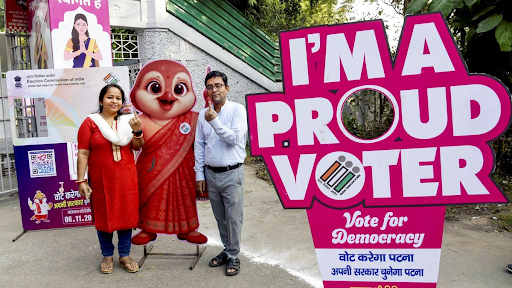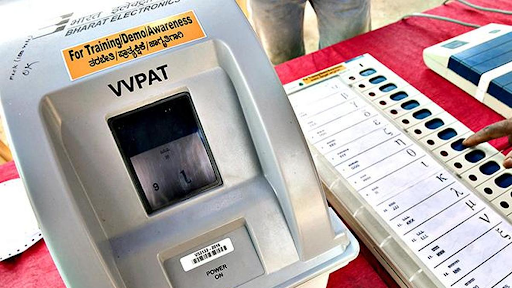Description

Copyright infringement not intended
Picture Courtesy: indiafacts.org
Context: The Supreme Court recommended establishing a Truth and Reconciliation Commission to address alleged human rights violations, emphasizing a dialogue-based approach rather than functioning as a criminal court.
Details
- A Truth and Reconciliation Commission (TRC) is an official mechanism designed to address and resolve conflicts of the past by acknowledging and revealing wrongdoings, especially those related to human rights violations.
Purpose of Truth and Reconciliation Commissions (TRCs)
- Acknowledgement of Wrongdoings: TRCs aim to acknowledge and address past wrongdoings, particularly human rights abuses and atrocities committed during periods of conflict or repression.
- Revealing Truth: The central focus is on uncovering and revealing the truth about historical events, giving voice to victims, and documenting the experiences of those affected.
- Reconciliation: TRCs strive to promote reconciliation by creating a platform for dialogue between victims and perpetrators. This process may involve public hearings, storytelling, and expressions of remorse.
- Historical Record: They contribute to creating a historical record of events, ensuring that the truth is documented and preserved for future generations.
- Healing Society: TRCs aim to contribute to the healing of society by addressing the wounds of the past and fostering a sense of understanding and empathy among communities.
- Preventing Future Conflicts: By addressing the root causes of past conflicts and promoting accountability, TRCs also contribute to preventing the recurrence of similar conflicts in the future.

Key Characteristics of Truth and Reconciliation Commissions
- Focus on the Past: TRCs are concerned with events that occurred in the past, often during periods of conflict or repression.
- Investigation of Patterns: They investigate patterns of human rights violations that took place over a period of time, examining the systemic aspects of these violations.
- Direct Engagement: TRCs engage directly with the affected population, allowing victims to share their stories and experiences. This direct engagement is crucial for a comprehensive understanding of the impact of past events.
- Temporary Nature: TRCs are typically temporary bodies with a specific mandate and a timeframe for their work. Once their objectives are achieved, they conclude with a final report.
- Official Authorization: TRCs must be officially authorized or empowered by the state. This official backing gives them the authority to conduct investigations, hold hearings, and gather information.
Notable Examples of Truth and Reconciliation Commissions:
- South Africa: The Truth and Reconciliation Commission in South Africa, chaired by Desmond Tutu, played a crucial role in addressing the human rights abuses of the apartheid era. It focused on truth-seeking, reconciliation, and amnesty.
- Canada: The Canadian Truth and Reconciliation Commission addressed the legacy of the Indian Residential Schools system, providing a platform for Indigenous individuals to share their experiences. It aimed at acknowledging the historical wrongs and fostering reconciliation.
- Australia: While not a TRC in the strict sense, Australia had a Royal Commission into Aboriginal Deaths in Custody, which investigated the deaths of Indigenous Australians while in custody, addressing issues of systemic injustice.
- Sri Lanka: Sri Lanka established a Truth and Reconciliation Commission as part of its post-conflict initiatives to address human rights violations and promote reconciliation after the civil conflict.
- Nepal: Nepal established a Truth and Reconciliation Commission to investigate human rights abuses committed during the civil war, contributing to the country's transitional justice process.
.jpg)
Conclusion
- TRCs are mechanisms designed to address historical injustices, promote healing, and contribute to the reconciliation of societies that have experienced conflicts or periods of repression. They play a vital role in shaping the narrative of a nation's history and fostering a path toward a more just and reconciled future.
|
PRACTICE QUESTION
Q. What is the primary goal of a Truth and Reconciliation Commission (TRC)?
A) To prosecute individuals responsible for atrocities
B) To uncover the truth about historical injustices
C) To establish a new political regime
D) To impose economic sanctions
Answer: B
Explanation:
TRCs are primarily focused on uncovering and acknowledging the truth about historical injustices, promoting reconciliation, and fostering healing within societies.
|











